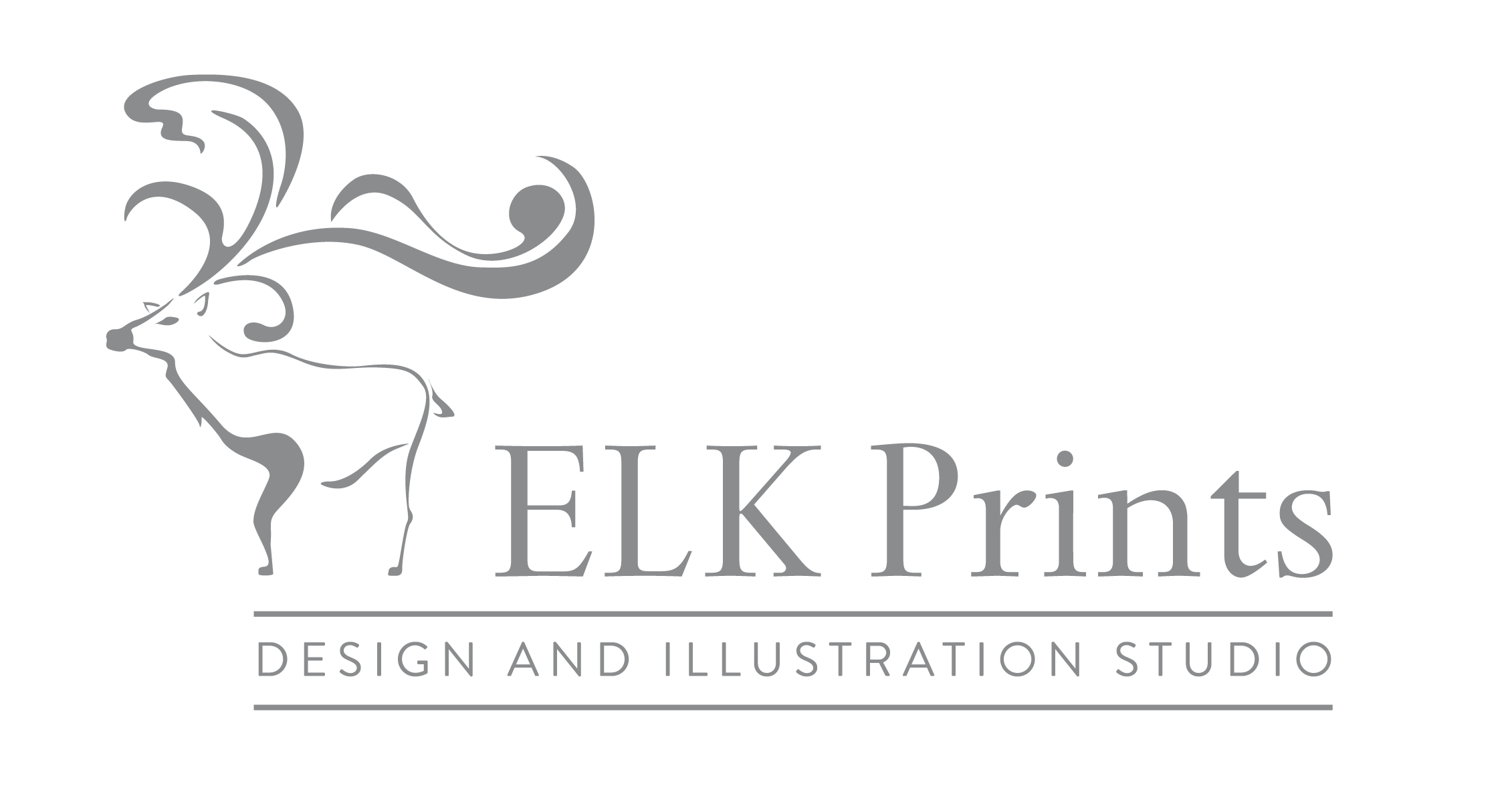7.1 The Souvenir and Images for Tourists

“The postcard privileges the visual sense as a means of interpreting a city, and reduces cities to their representation in keeping with a given conceptualisation” (Miles 2002; p.131)
There are plenty of existing panoramas, pictorial representations of cityscapes (usually on a scale that encompasses entire architectures and groups of people) as well as stories with the city embedded as a strong element to them. A number of interesting city interpretations are to be found in the Visual Arts or in Literature. The designer’s challenge then is to look at how we can shift these narratives and visual imagery of experience into the realm of an object that can act as a memento. Books and artworks certainly do carry within them the ability to act as a memento though the small scale souvenir item does have a unique aesthetic in itself of something more deliberate.
Susan Stewart is one theorist who examines why the souvenir is significant and our attraction or ‘longing’ for them. An important element in considering them is the way they contain narrative. They become this small precious object to us that conveys a wealth of experience, a story of where it came from and why it is important to us. The souvenir miniaturises our experiences into this neatly contained form which we may easily look down upon to recall and be in possession of those memories of experience (Stewart 1993; p.134-139).
